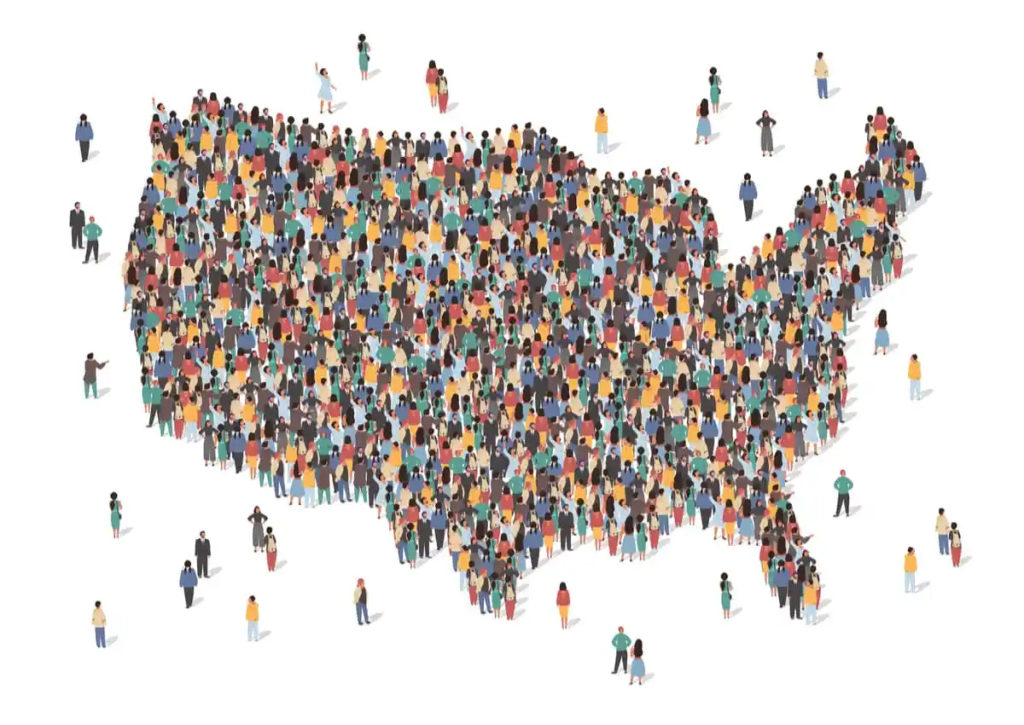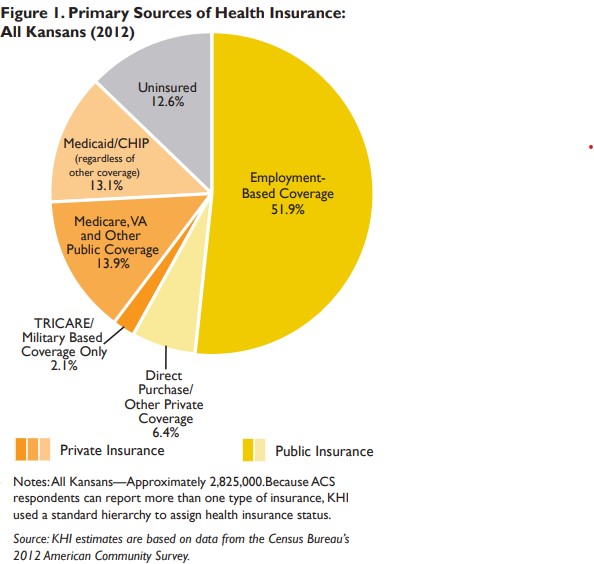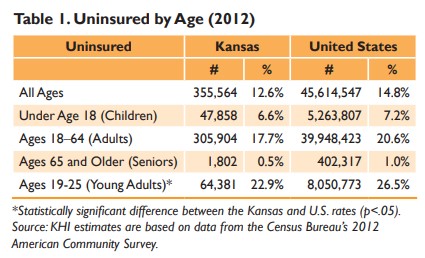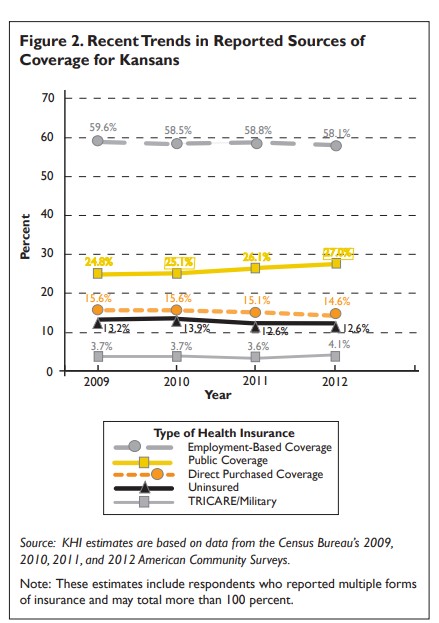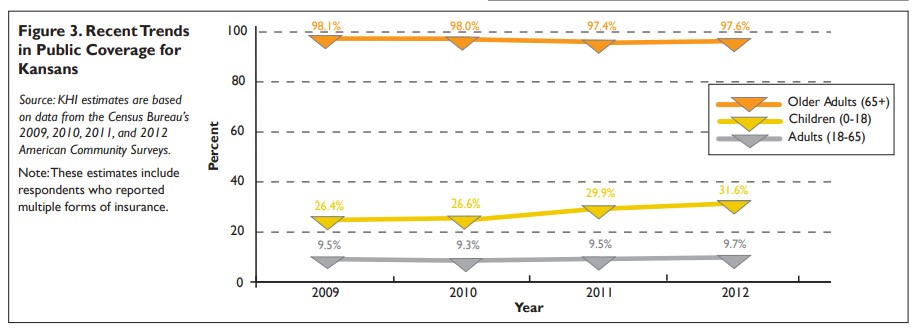Introduction
In 2012, an estimated 356,000— 12.6 percent of Kansans were uninsured. This is the same rate as it was in 2011.
The percentage of Kansans without health insurance in 2012— an estimated 12.6 percent—continues to be significantly lower than the national rate of 14.8 percent.
